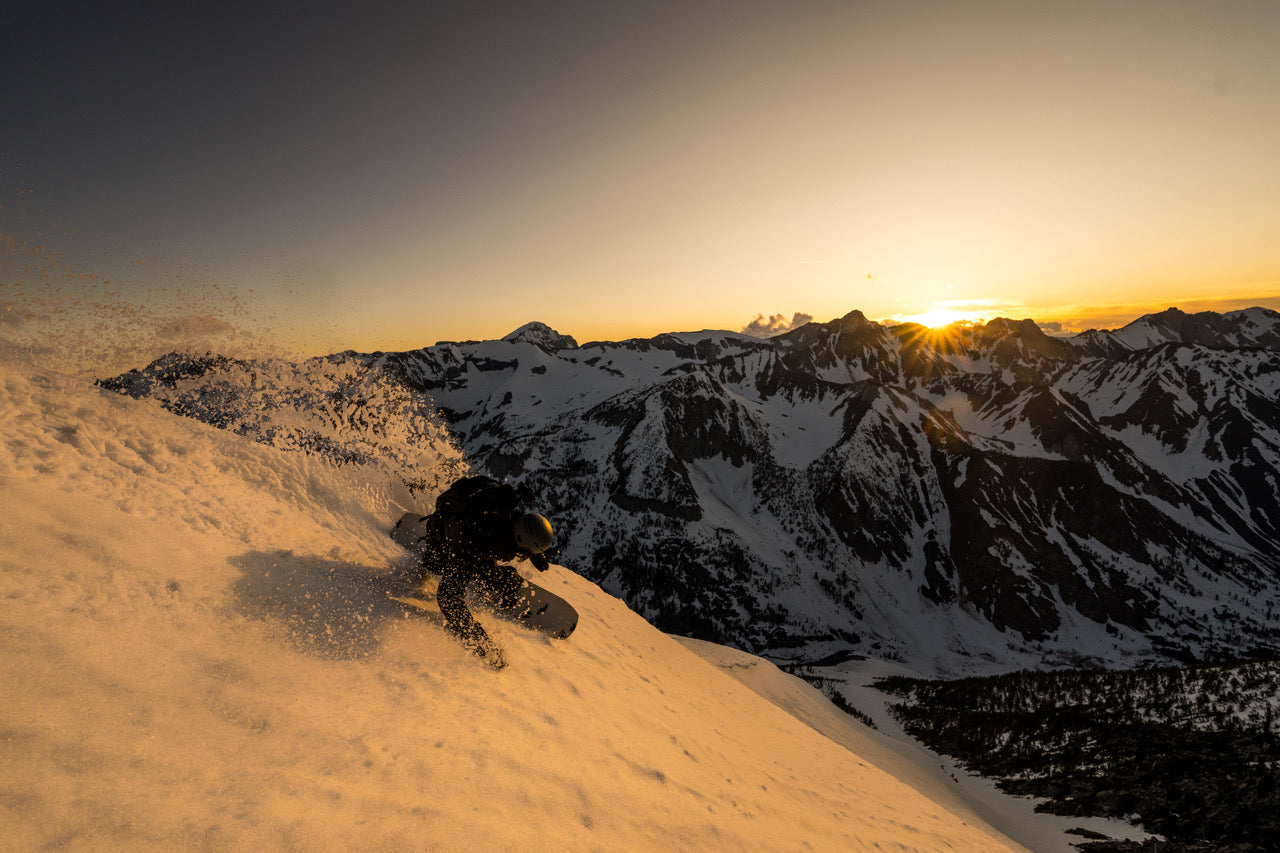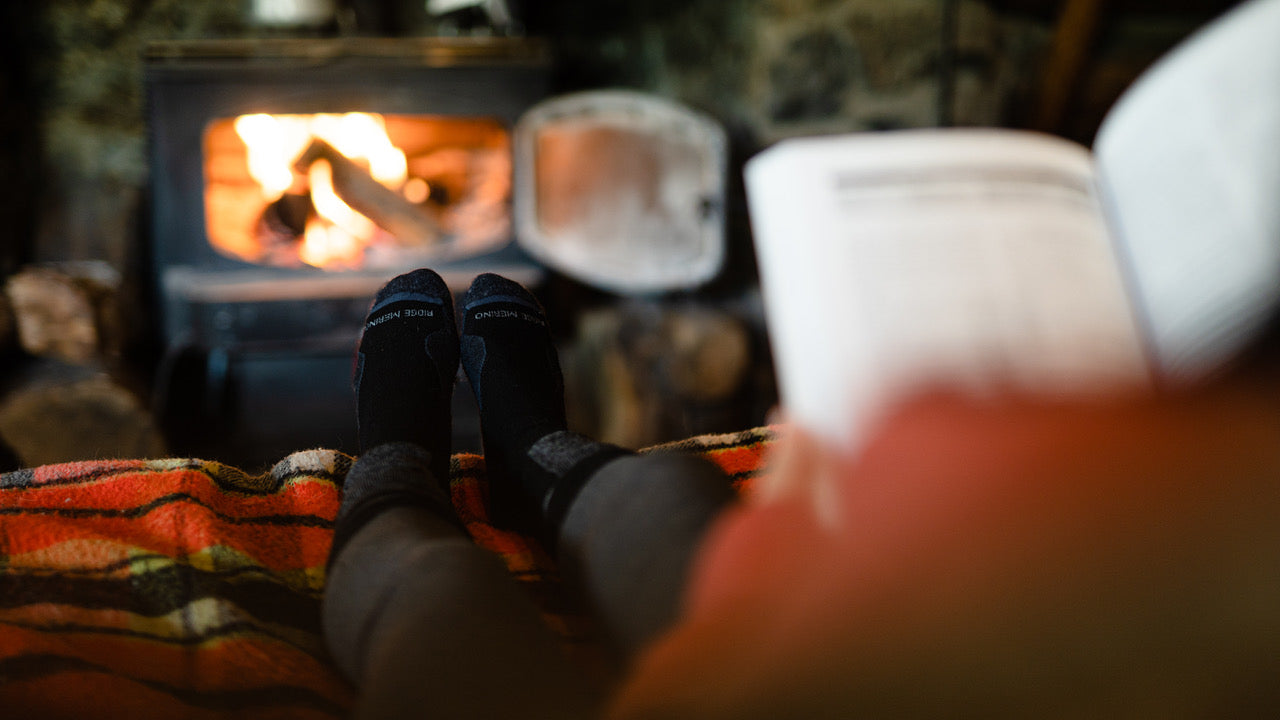The best layers for cold weather
1. The Base Layer
This layer acts as your second skin, keeping you comfortable throughout the day. A natural fabric like Merino wool is a great choice for a base layer when you want a breathable option with no added bulk under your outfit. It provides moisture-wicking, warmth and odor resistance.
2. The Insulating Layer
Depending on the severity of the cold, you can add an insulating mid layer on top of your base layer. This layer should provide additional warmth and can be a cozy sweater, lightweight hoodie, insulating vest or anything that suits your style.
3. The Outer Shell
The outermost layer is your shield against the elements. It should be windproof, waterproof and capable of handling snow or rain. Choose a jacket or coat that matches your daily activities and style.
The Ridge Inversion Heavyweight is the the best base layer for extreme cold.
Best practices for cold-weather layering
-
Don’t overdress: Layering allows you to adjust to varying temperatures. Overdressing can lead to overheating, which can be uncomfortable.
-
Pay attention to accessories: Don’t forget essential cold-weather Merino wool accessories like gloves, a warm hat and a good scarf. These items complete your outfit and provide additional warmth.
-
Choose the right fit: Well-fitting layers are more effective in trapping heat and keeping you comfortable. Ensure your clothing isn’t too tight or too loose.
-
Stay active: Physical activity generates heat, so staying active in cold weather can help keep you warm.
Cold weather layering is an art that anyone can master. By starting with Merino wool - the best cold weather layers - you can ensure comfort and warmth, regardless of the outdoor conditions. So, embrace the cold with confidence, and stay cozy in style, knowing that the right layers are the key to winter comfort.
 The Hammil Merino Wool Flannel is great as a layer or on its own.
The Hammil Merino Wool Flannel is great as a layer or on its own.






